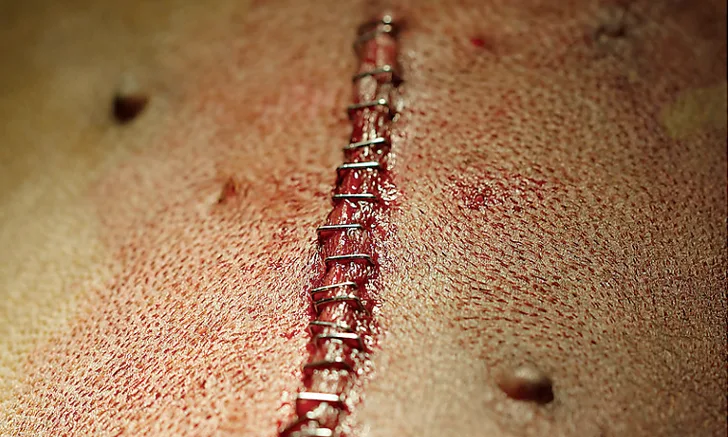Surgical-Site Infections
Ameet Singh, DVM, DVSc, DACVS (Small Animal), University of Guelph
J. Scott Weese, DVM, DVSc, DACVIM, FCAHS, University of Guelph, Ontario, Canada

All surgical procedures come with risk for surgical-site infections (SSIs). In dogs and cats, rates of 0.8% to 18% have been reported. Although some procedures are known to be high risk, any procedure can result in infection; even routine or innocuous procedures can rarely result in severe or fatal complications.
There are 3 areas of approach to SSIs: prevention, diagnosis, and management. Prevention is preferred, and a mix of various measures that are evidence based, along with those with a logical pathophysiological basis (even if unproven), can be taken to reduce SSI risk. These measures incorporate physical environment (eg, operating room design and management), general technique (eg, instrument sterilization), and pre-/intra-/postoperative care practices. Comprehensive guidelines exist in human medicine and are being developed for veterinary medicine. Regular review of SSI prevention practices is useful for identifying inconsistencies and areas needing improvement.
When SSI occurs, prompt and accurate diagnosis is essential for early and effective intervention. This includes careful and timely patient follow-up and use of a standard definition for SSI. Once diagnosed, additional measures can be taken to better characterize the infection and guide response.
After SSI identification, a management plan is developed, which can vary greatly depending on infection site, depth of infection, systemic illness, comorbidities, presence of foreign materials, cost, identification of causative bacterium, and antimicrobial susceptibility of the bacterium. Systemic antimicrobials are often used, but patients with limited, superficial infection may be treated locally.